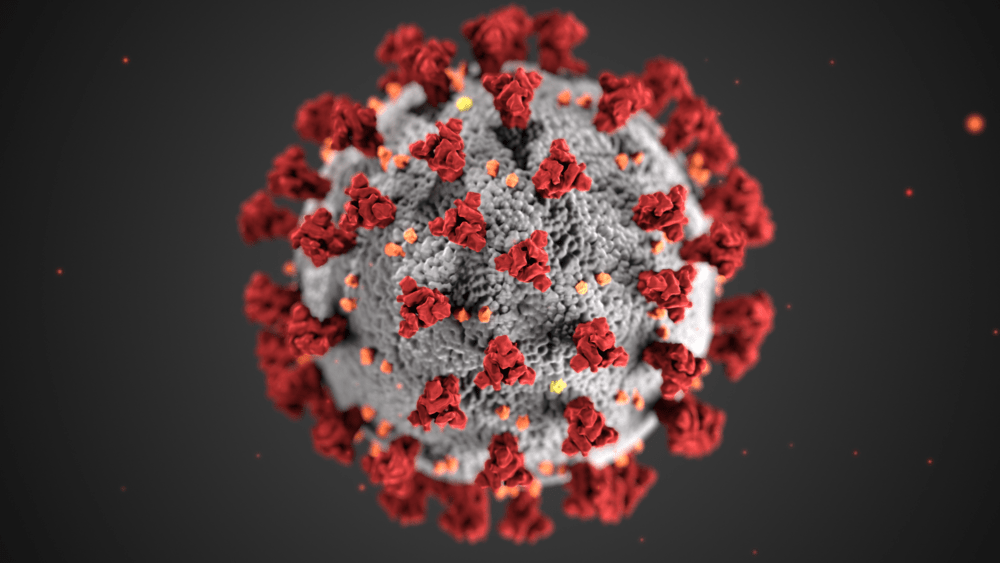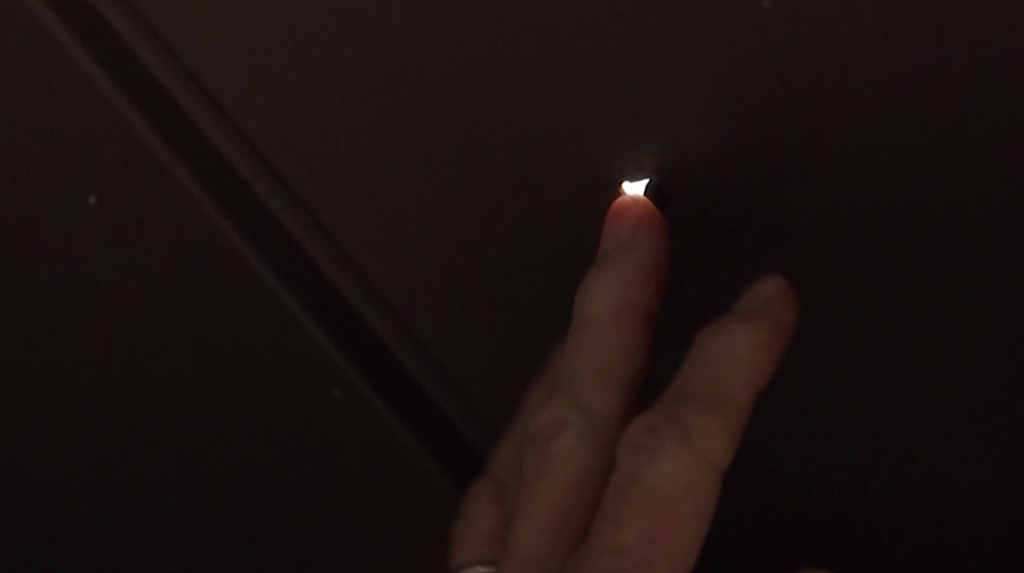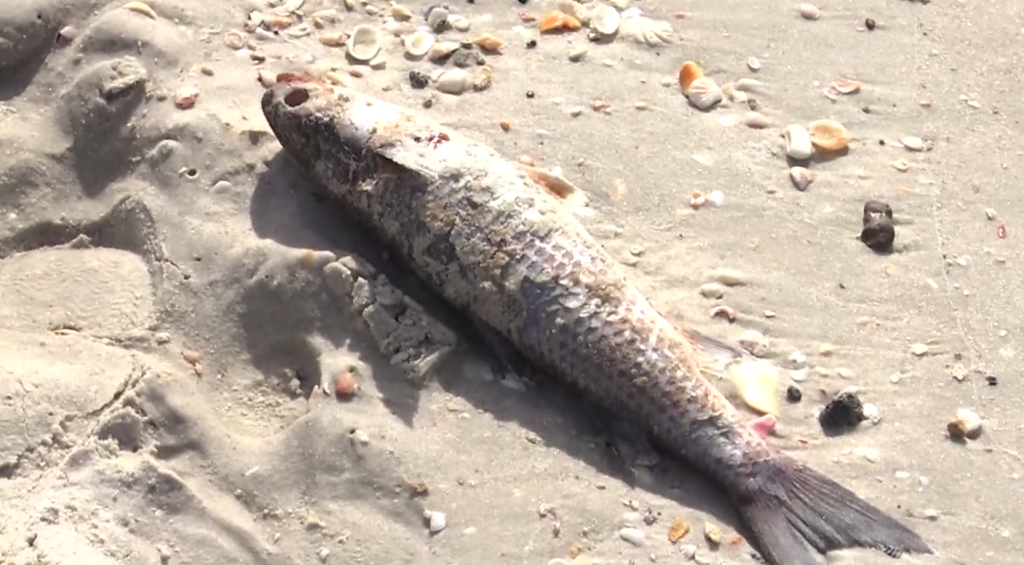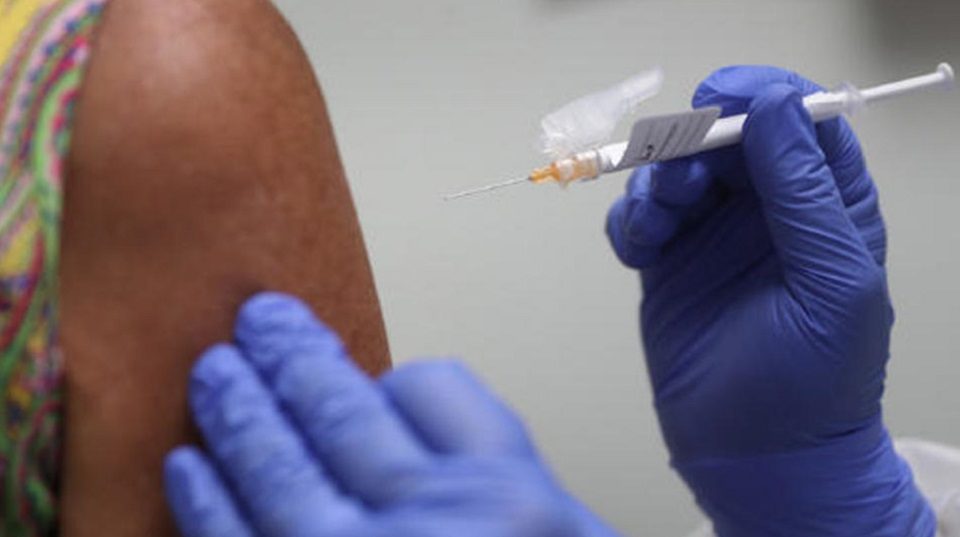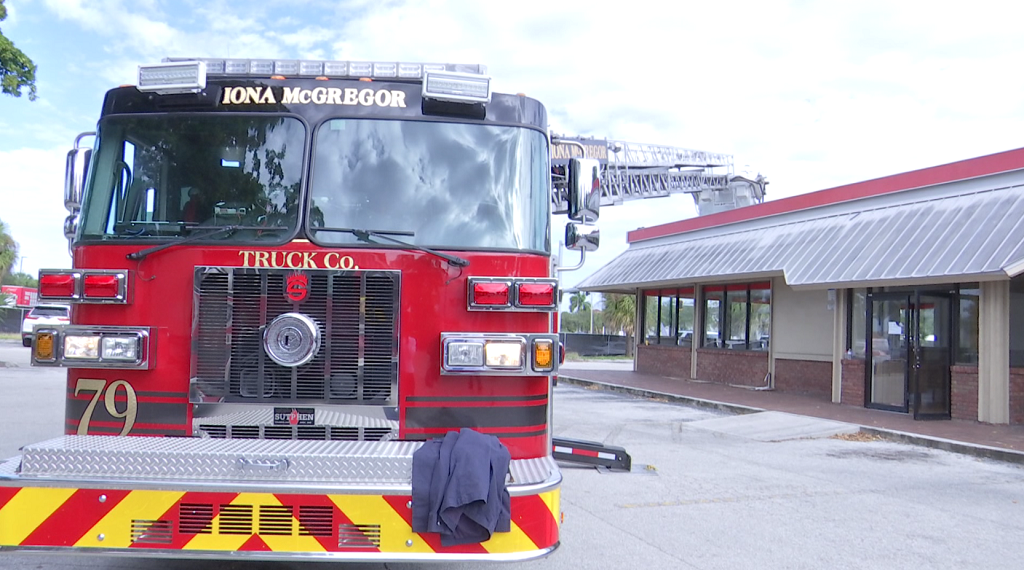Florida Department of Health confirms Thursday it is investigating evidence of the first identified case of the UK COVID-19 variant in the state.
According to the FDOH tweet, a 20-year-old man in Martin County has likely contracted the UK COVID-19 variant. He has no recent travel history.
FDOH is working with the CDC during this investigation.
Florida has evidence of the first identified case of the UK COVID-19 variant in Martin County. The individual is a male in his 20s with no history of travel. The Department is working with the CDC on this investigation. We encourage all to continue practicing COVID-19 mitigation.
— Florida Dept. Health (@HealthyFla) January 1, 2021
According to an Associate Press report, “Scientists in the U.K. believe the variant is more contagious than previously identified strains. The vaccines being given now are thought to be effective against the variant, Colorado health officials said in a news release.”
